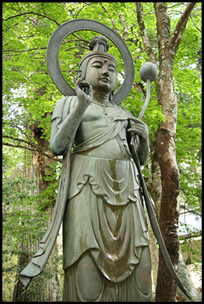 By PAT HARTMAN
By PAT HARTMAN
News Editor
Jan Morris, author of 40 books about travel and history, reflects on the current relevance of travel writing in Smithsonian Magazine by way of introducing the project it instituted. The September issue is devoted to the dream destinations of six name-brand travel writers. Morris tells why these folks are top-notch. Among other things, she says:
They are recording the effects of places or movements upon their own particular temperaments-recording the experience rather than the event, as they might make literary use of a love affair, an enigma or a tragedy… It is not invention that you will find in these pages, but something subtler: the alliance of knowledge and sensation, nature and intellect, sight and interpretation, instinct and logic. It is more real than fiction, but more genuine than mere fact, too.
Paul Theroux has said the greatest reward of travel is not so much in seeing exotic things, but in experiencing everyday things for the first time. Travel writers are addicted to the unfamiliar and the new — but only in their own self-defined ways. Theroux, for instance, says it is against his temperament to go sightseeing. His choice for the Smithsonian assignment was to drive across the United States, a journey he had never made before, and which he approached in I-Am-a-Camera mode. In “Taking the Great American Roadtrip” Theroux says, “My idea was not to linger anywhere, but to keep on the move, as though to create in my mind one long panning shot…” The cross-country drive led to his being chosen to write the foreword for Joseph Sohm’s Visions of America, a book of classic photographs, as reported by Alyce of At Home With Books.
Frances Mayes is a very well known writer about the Italian region called Tuscany. For this challenge, she chose Poland. Her husband and a lot of other people in his hometown were of Polish descent, and they had employed some very nice Polish builders in Italy. Geoff Ward, we are told, grew up in India, and went back many times as an adult, but had never visited the Punjab region. Susan Orlean chose Morocco, and Caroline Alexander made a return trip to Jamaica to see the fabulous botanical gardens of a village called Bath. Francine Prose decided to report on the western coast of Japan.
Now, here’s the question you just had to know was coming: What would be your dream destination, and why?
photo courtesy of Gret@Lorenz, used under this Creative Commons license


 By PAT HARTMAN
By PAT HARTMAN